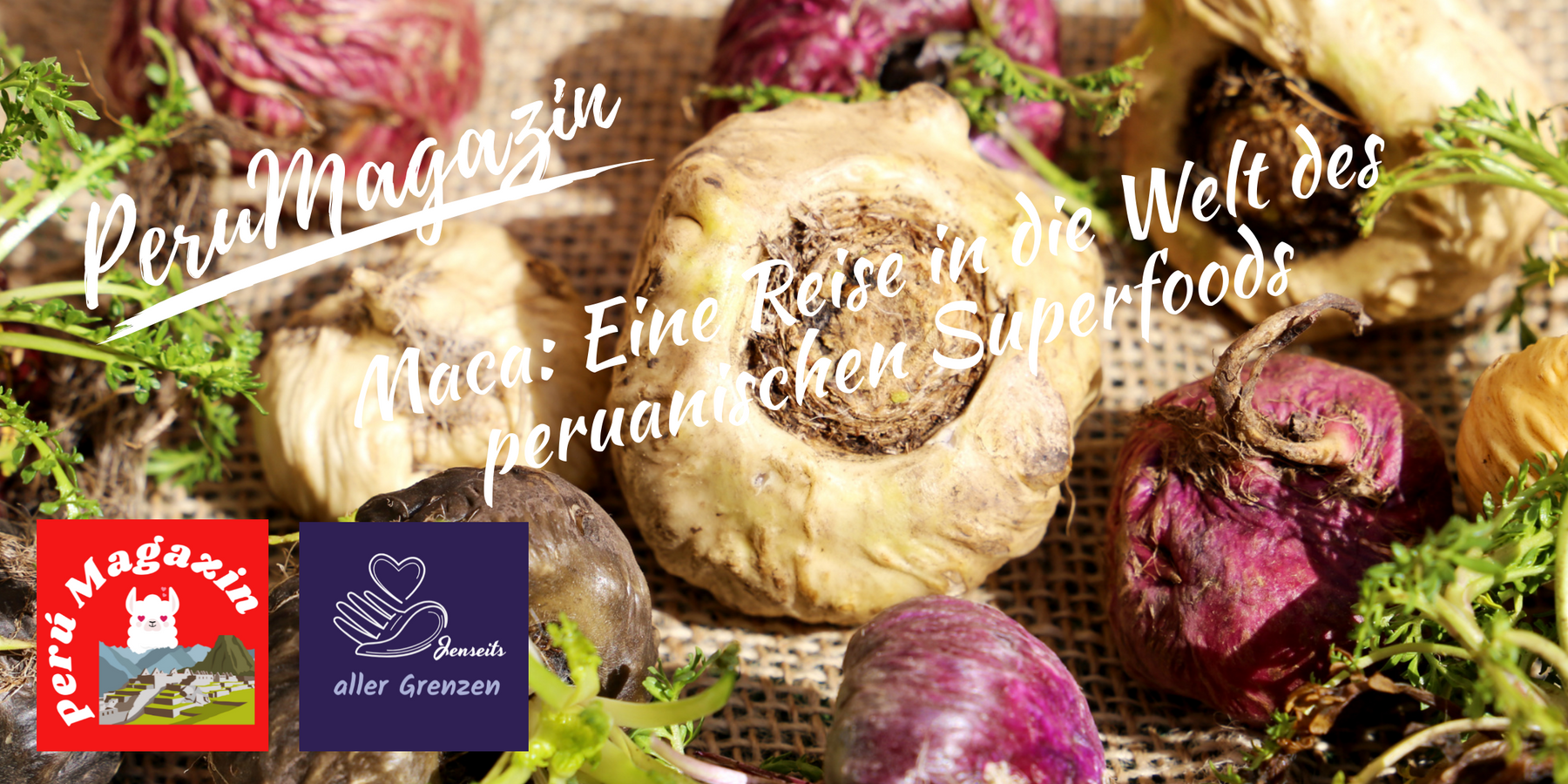
Maca: A journey into the world of Peruvian superfoods
Maca, also known as Peruvian ginseng or Peruvian Viagra, is a remarkable plant that has been cultivated for centuries in the high altitudes of the Peruvian Andes. Its roots extend deep into the history and culture of the indigenous peoples of South America, and its health benefits have made it a popular superfood around the world. In this detailed article we want to delve into the fascinating world of Maca, explore its history, understand how it works and get to know the numerous applications it offers.
The story of maca
The history of Maca is closely linked to the Incas and other indigenous peoples of the Andean region. Maca was valued by the Incas as a source of food and medicinal plant more than 2,000 years ago. The plant played an important role in Inca culture and religion and was highly valued for its energizing properties. Maca was also used as currency and given as tribute to rulers. After the Spanish conquest, maca was initially forgotten, but has been rediscovered in recent years and is now very popular worldwide as a superfood.
How Maca works
Maca contains a variety of nutrients including vitamins, minerals, amino acids and antioxidants, giving it a wide range of health benefits. Here are some of the main effects of maca:
Boost libido and sexual function: Maca is traditionally used as an aphrodisiac and is said to increase libido in men and women. Studies have shown that maca can improve sexual function and support fertility.
Increase energy and stamina: The nutrients in maca can increase physical performance and endurance by improving blood circulation, promoting oxygen transport and supporting muscle function.
Regulating Hormonal Balance: Maca contains phytoestrogens that can help balance hormonal imbalances and relieve symptoms of menstrual cramps, PMS, and menopausal symptoms.
Immune Function Support: The antioxidants and other bioactive compounds in maca can strengthen the immune system and improve resistance to disease and infection.
Applications of Maca
Maca is offered in various forms including powder, capsules, extracts and dried roots. The recommended dosage varies depending on individual needs and health goals. Maca can be used in smoothies, juices, cereals, yogurt and other foods. It can also be taken as a dietary supplement to increase daily nutrient intake and maximize health benefits.
The Cultural Significance of Maca
Maca has a long history as a food and medicinal plant in Andean culture. The plant is closely linked to the customs, traditions and myths of the region's indigenous peoples. Maca is often used in religious ceremonies and festivals and is an important component of local cuisine and medicine. The cultural significance of maca is also reflected in its role as a symbol of strength, endurance and fertility.




Leave a comment